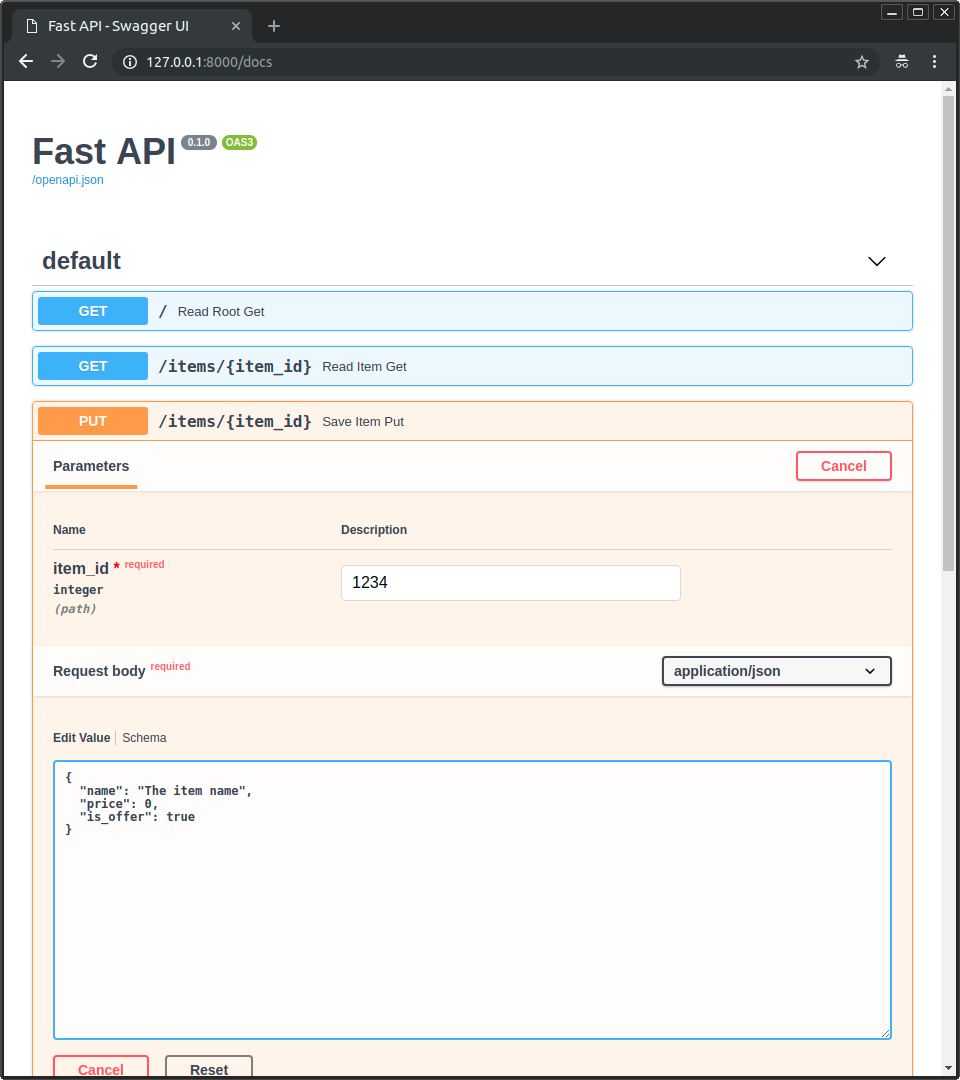- Sort Score
- Result 10 results
- Languages All
Results 1 - 7 of 7 for execute (0.18 sec)
-
docs/en/docs/release-notes.md
Plain Text - Registered: Sun May 05 07:19:11 GMT 2024 - Last Modified: Fri May 03 23:25:42 GMT 2024 - 388.1K bytes - Viewed (1) -
docs/en/docs/deployment/concepts.md
Plain Text - Registered: Sun May 05 07:19:11 GMT 2024 - Last Modified: Thu May 02 22:37:31 GMT 2024 - 18K bytes - Viewed (0) -
docs/en/docs/advanced/settings.md
``` your program could execute like this: ```mermaid sequenceDiagram participant code as Code participant function as say_hi() participant execute as Execute function rect rgba(0, 255, 0, .1) code ->> function: say_hi(name="Camila") function ->> execute: execute function code execute ->> code: return the result end
Plain Text - Registered: Sun May 05 07:19:11 GMT 2024 - Last Modified: Thu May 02 22:37:31 GMT 2024 - 15.7K bytes - Viewed (0) -
README.md
* Click on the button "Try it out", it allows you to fill the parameters and directly interact with the API:  * Then click on the "Execute" button, the user interface will communicate with your API, send the parameters, get the results and show them on the screen: 
Plain Text - Registered: Sun May 05 07:19:11 GMT 2024 - Last Modified: Thu May 02 22:37:31 GMT 2024 - 22.6K bytes - Viewed (0) -
docs/en/docs/advanced/openapi-callbacks.md
## Write the callback documentation code This code won't be executed in your app, we only need it to *document* how that *external API* should look like. But, you already know how to easily create automatic documentation for an API with **FastAPI**.
Plain Text - Registered: Sun May 05 07:19:11 GMT 2024 - Last Modified: Thu May 02 22:37:31 GMT 2024 - 7.7K bytes - Viewed (0) -
docs/en/docs/index.md
* Click on the button "Try it out", it allows you to fill the parameters and directly interact with the API:  * Then click on the "Execute" button, the user interface will communicate with your API, send the parameters, get the results and show them on the screen: 
Plain Text - Registered: Sun May 05 07:19:11 GMT 2024 - Last Modified: Thu May 02 22:37:31 GMT 2024 - 19.8K bytes - Viewed (0) -
docs/en/docs/deployment/docker.md
In contrast to a "**container image**" that is the stored static contents, a "**container**" normally refers to the running instance, the thing that is being **executed**.
Plain Text - Registered: Sun May 05 07:19:11 GMT 2024 - Last Modified: Thu May 02 22:37:31 GMT 2024 - 34K bytes - Viewed (0)